Happy Thanksgiving, Everyone!I've been a bit remiss in post-sharing on Facebook these days, but now that the turkey and all the fixin's (except the pie!) have been consumed at my mother-in-law's house, it's time for a roundup of all the great Thanksgiving-related articles across the web you may have missed these past few weeks. (This is a regular perk of being a Patreon patron, by the way.) Let's start with "Why We Celebrate Thanksgiving On the Fourth Thursday of November" from NPR. Indigenous Histories of Thanksgiving"The Thanksgiving Tale We Tell is a Harmful Lie. As a Native American, I've Found A Better Way to Celebrate the Holiday" Sean Sherman for Time Magazine. "3 Indigenous Chefs Talk About What Thanksgiving Means to Them" from Bon Appetit. "Modern Native American Cuisine and the Myth of Thanksgiving" from Modern Farmer. "The Native American Side of the Thanksgiving Menu" from NPR. "The Real Thanksgiving Foods" from Powwows.com. Early American Thanksgivings"Thanksgiving History: The Original Farm to Table Experience" from WVTF public radio. "400 Thanksgiving Turkeys Walking to Washington (D.C.) Market in 1826" from Researching Food History. "Thanksgiving at Washington Market, New York City" also from Researching Food History. "George Washington and Thanksgiving" from Mount Vernon. "Colonial Thanksgiving Recipes To Celebrate American History" from Walter Staib on PBS. The African-American Experience"Chef Marcus Samuelsson Gives Thanks: On Harlem, the black diaspora, and his own journey" on Salon. "The Roots of Black Thanksgiving: Why Macaroni and Cheese and Potato Salad Are So Popular" from the Washington Post. "Thanksgiving Soul Food Offers a Window to African-American Heritage" from the Baltimore Sun. Ingredients & Dishes"The History Behind 10 Thanksgiving Dishes" from Mentalfloss. "The History of Popular Thanksgiving Foods" from Redbook. "Hey! What Are These Oysters Doing In My Stuffing?" from Food52. "The Real Reason Sugar Has No Place in Cornbread" from Serious Eats. "Cornbread Dressing Is So Much More Than a Thanksgiving Side" from The Takeout. "Cornbread Kush Stuffing" from Michael Twitty via Vice. "From Culinary Dud to Stud: How Dutch Plant Breeders Built Our Brussels Sprouts Boom" from NPR. "This Twitter Thread On Weird Thanksgiving Side Dishes Does Not Disappoint" from the Huffington Post. "Filling the Cornucopia" from the American Folklife Center, Library of Congress. "Why President Calvin Coolidge Never Ate His Thanksgiving Raccoon" from Atlas Obscura. And, find out what happened to Rebecca in "The Thanksgiving Raccoon That Became a Presidential Pet" from History.com "This Man Made the First Canned Cranberry Sauce" from Smithsonian. "The Case for Heritage Turkeys" from Modern Farmer. Desserts"The Great Thanksgiving Dessert Battle" from the Philadelphia Sun. "A Brief History of Pumpkin Pie in America" from the Library of Congress. "American History As Told By 7 Pies" from Matador Network. "A Brief History of Pecan Pie" from Eater. Vegetarians"The Turkey Has Been the Subject of Thanksgiving-Day Arguments for Longer Than You Probably Think" from Time Magazine. "Turkey Alternatives Aren't the Key to Enjoying a Meatless Thanksgiving" from Diamondback. "Vegetarian Thanksgiving Dates Back to the 1900s" from JSTOR. Phew! That's it for the Thanksgiving Roundup this year. I hope this provides some good, post-feast reading and a way to work off that food coma before you feast on some pie. :D
If you want more roundups of food history-related news, consider becoming a member of The Food Historian! Regular roundups are a perk for every member level. You can join online here, or you can join us on Patreon! Members get access to members-only sections of this website, special updates, plus discounts on future events and classes. And you'll help support free content like this for everyone. Join today!
0 Comments
Sometimes, you get random emails that result in really wonderful surprises. A while ago a gentleman named Jon contacted me to see if I was interested in his wife's grandmother's cookbook. He warned me that it was in rough shape, but that they really wanted to see it go to someone who would appreciate it. So of course I said yes, and Jon and his wife Amy graciously sent it my way, and it arrived today! Very carefully packed with foam in a cardboard box and the book itself was wrapped in black fabric to keep it from getting further damaged. Published in 1912, this fourth edition of The Warren Cook Book (the second, 1903 addition has been digitized by the Library of Congress) was compiled by the Young Ladies' Missionary Society of the Presbyterian Church of Warren, PA. But while you can take a gander at the second edition, what makes this fourth edition volume really special is the woman who owned it. Her name, according to Amy, was Margaret Elmquist. Amy writes: "I actually know very little about her as she died when I was just six months old. I have heard that she was a particularly beautiful woman. She raised her children through the depression, I remember hearing she would cut newspapers to line her kids shoes. She had two sons and one daughter. After an accident she was paralyzed from the neck down for five years before passing." We don't know very much about Margaret except what we can glean from the cookbook she left behind. And just from that, I can tell she was a special lady. For one, the cookbook is stuffed FULL of ephemera - newspaper clippings, magazine clippings, handwritten recipes on scraps of paper, mail-away recipe cards, and more. But while her handwritten recipes are very special (particularly the home remedies for sickness!), what I love the most is how she pasted and wrote recipes right on the pages of the cookbook, in the sections where they most resembled similar recipes printed on the page. It's a marginalia-lover's dream! And an archivist's nightmare. Lol. Those acid-rich newspapers are already damaging the pages, and are probably part of the reason why the cookbook is in such rough shape (crumbling edges of pages, broken spine, etc.). Of course, it's also probable that Margaret loved this cookbook to death before she passed it down. See for yourself: Okay, that's all I have time for - for now! This cookbook is more scrapbook than anything else and I love it so much, so thank you, Jon and Amy, for sending it my way! I have a feeling Margaret and I would have got along very well - just about every one of her handwritten recipes sounds just exactly like something I would make. I'll be diving more into this cookbook as time goes on, but since it arrived today, I just wanted to share the fun! And if I dig up any more information on Margaret, I'll let you know! And if YOU have any beautiful old cookbooks in your family collection, especially ones chock full of marginalia and ephemera, and you want someone to take care of it, feel free to send it my way! Just drop me a line on my contact form and I'll send you my address. :D If you want more looks at vintage cookbooks (I have so, so many), consider becoming a member of The Food Historian! You can join online here, or you can join us on Patreon! Members get access to members-only sections of this website, special updates, plus discounts on future events and classes. And you'll help support free content like this for everyone. Join today! One last follow-up to the Very Vintage Halloween Party! I wanted to share my recipe for Pumpkin Cranberry Bread Pudding. My husband loves bread pudding, but it can be a tricksy thing. Lots of recipes call for baking it in a water bath (too much work!), others end up making a bread pudding that is dry or too dense or otherwise flavorless. This recipe I adapted from my conventional bread pudding recipe, which calls for cinnamon and raisins. The key is to soak all the bread without being too runny, so add more milk if you need to. Pumpkin Cranberry Bread Pudding2 1/2 cups milk 1/4 cup butter 3 eggs 1 can (15 oz) pumpkin puree (or 2 cups homemade pureed pumpkin) 1/2 cup sugar 1 teaspoon pumpkin spice (or cinnamon with a pinch of clove and nutmeg) 1/4 teaspoon salt 1 loaf of unsliced bread (I prefer day-old challah) 1/2 cup dried sweetened cranberries Preheat the oven to 350 F. Heat the butter and milk over medium heat until the butter is just melted (stir occasionally to accelerate the melting). Remove from heat. Tear the bread into bite-sized pieces and fill a 9"x13" ungreased pan (I prefer glass) In a separate bowl, mix the eggs, sugar, spices, and pumpkin. Stir in cranberries, then fold in bread in stages until all is well-soaked. Add more milk at this stage if you need to. Pour the bread mixture into the ungreased pan and bake 40-45 minutes, or until a knife inserted 1 inch from the edge comes out clean. No need for a water bath or to cover it! Serve warm or cold with plenty of whipped cream. The best part about this bread pudding? Not only was it quick and easy to make the morning of the Halloween party, it also made SEVERAL converts to bread pudding. Lol. A number of people at the party mentioned that they either didn't like bread pudding and liked this one, or that it was the best bread pudding they'd ever had. Plus, it doesn't suffer much from storage in the fridge (if anything it just gets more moist) and is perfect for just about any fall gathering, including, (gasp!) Thanksgiving! So hope you enjoy this recipe and happy fall baking! If you want more party ideas, recipes, and other vintage food fun, consider becoming a member of The Food Historian! You can join online here, or you can join us on Patreon! Members get access to members-only sections of this website, special updates, plus discounts on future events and classes. And you'll help support free content like this for everyone. Join today!
|
AuthorSarah Wassberg Johnson has an MA in Public History from the University at Albany and studies early 20th century food history. Archives
July 2024
Categories
All
|
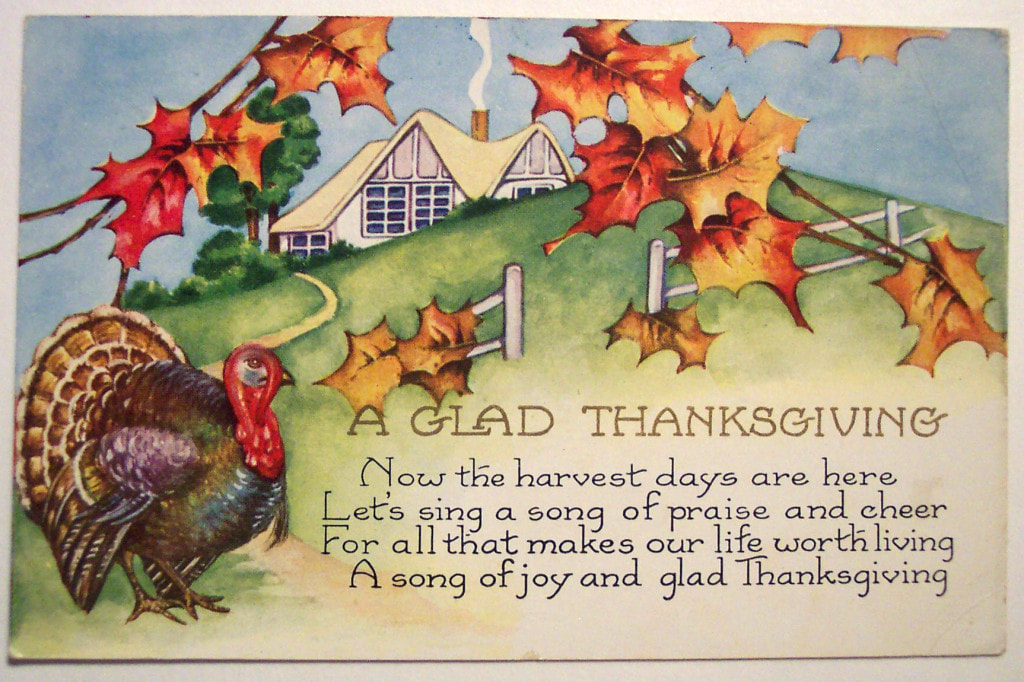
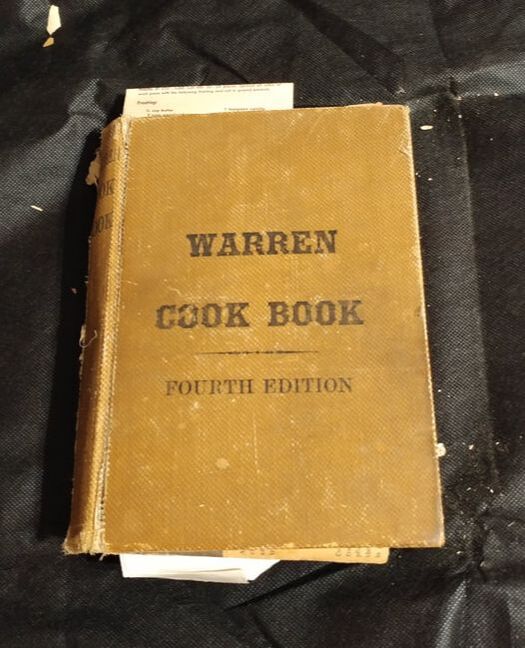
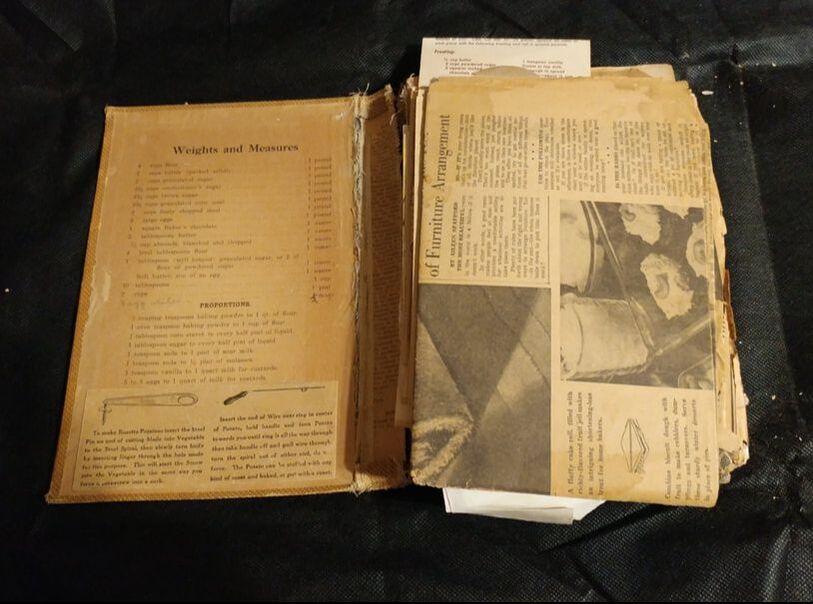
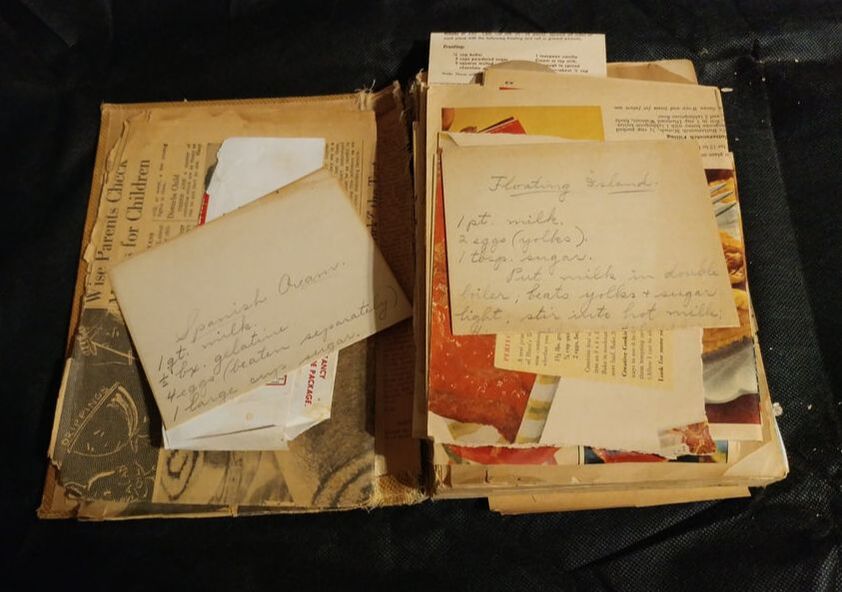
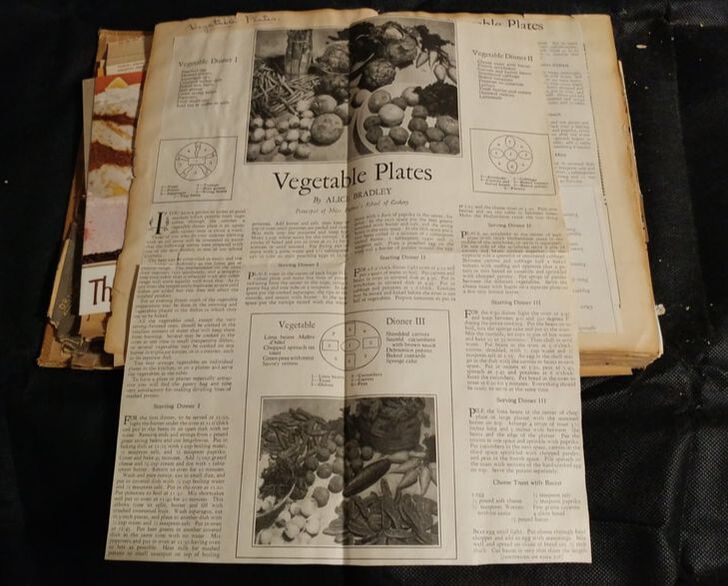
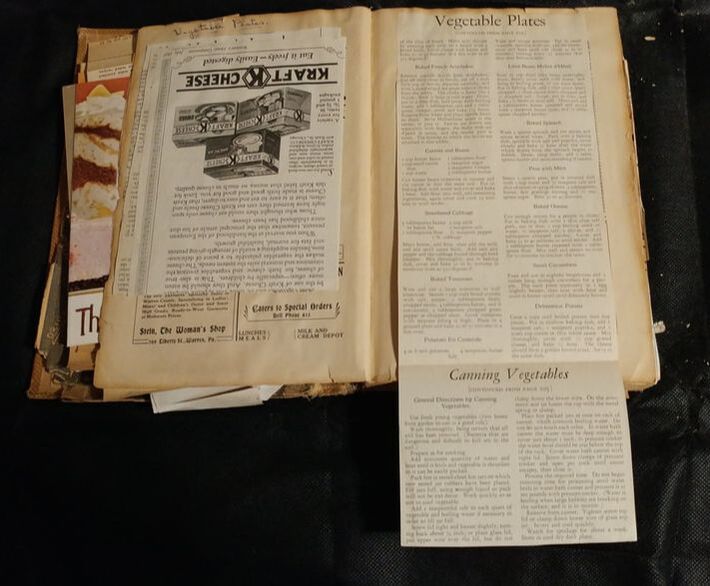
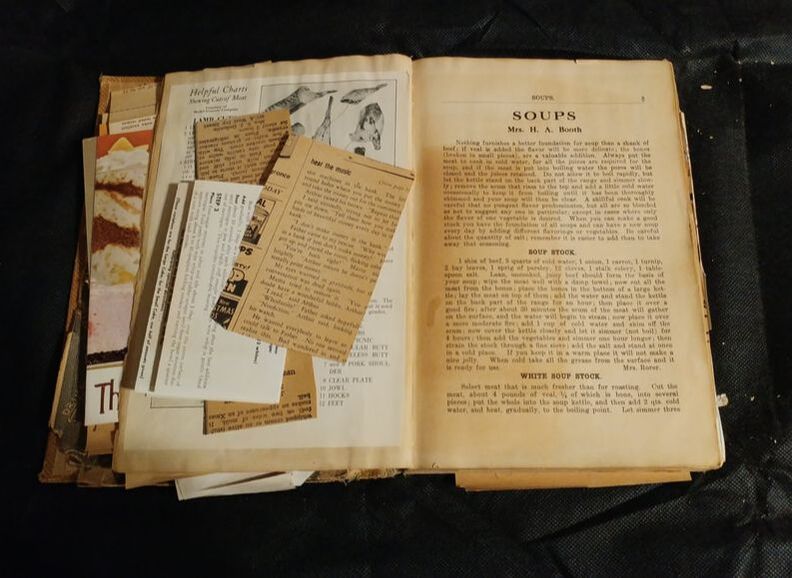
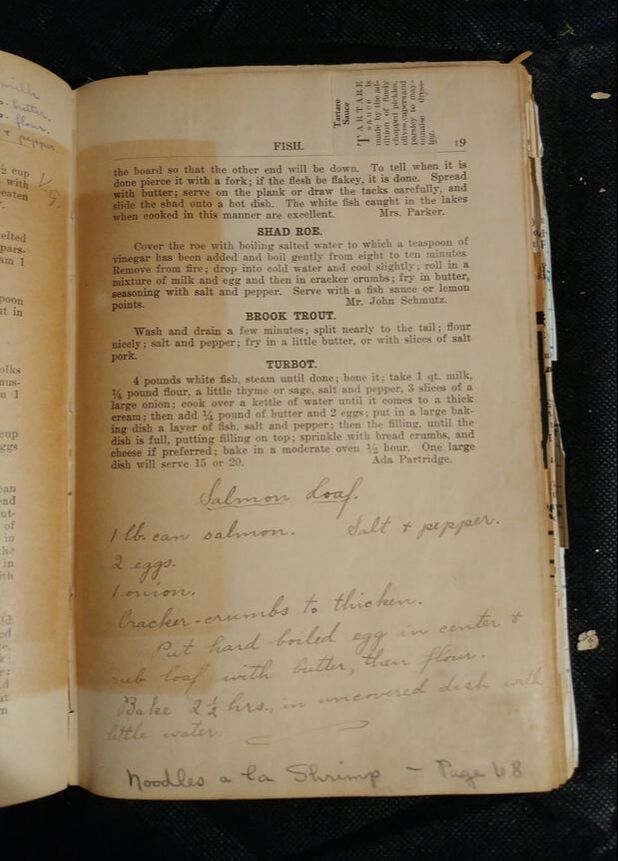
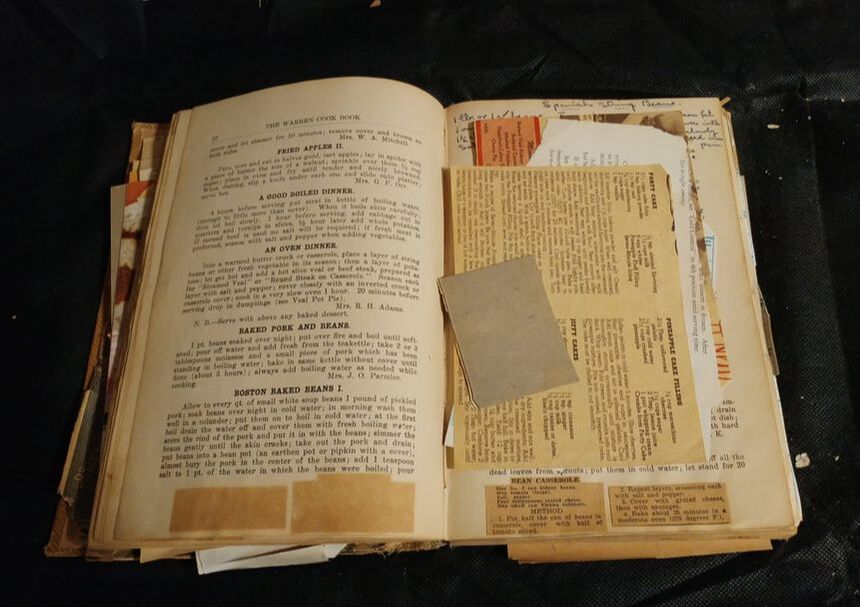
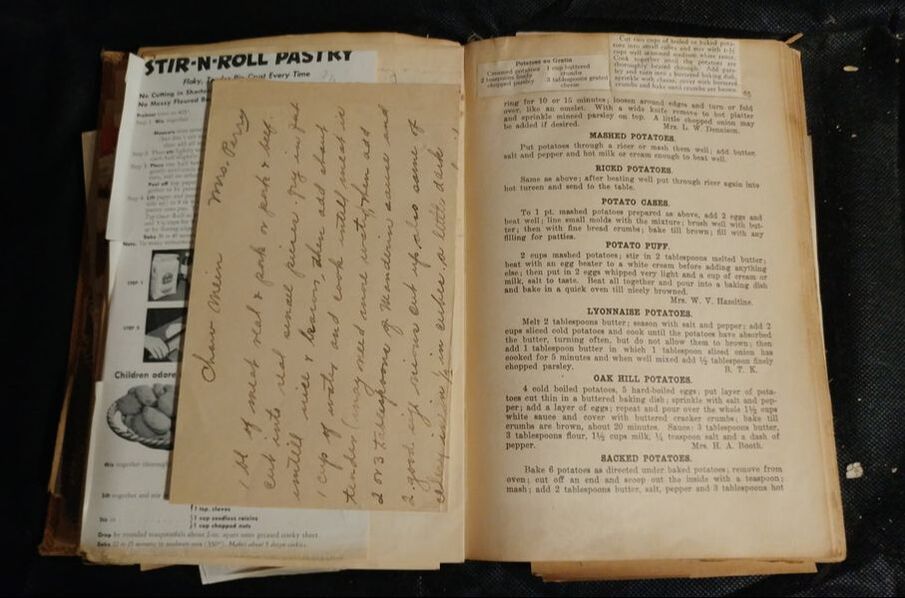
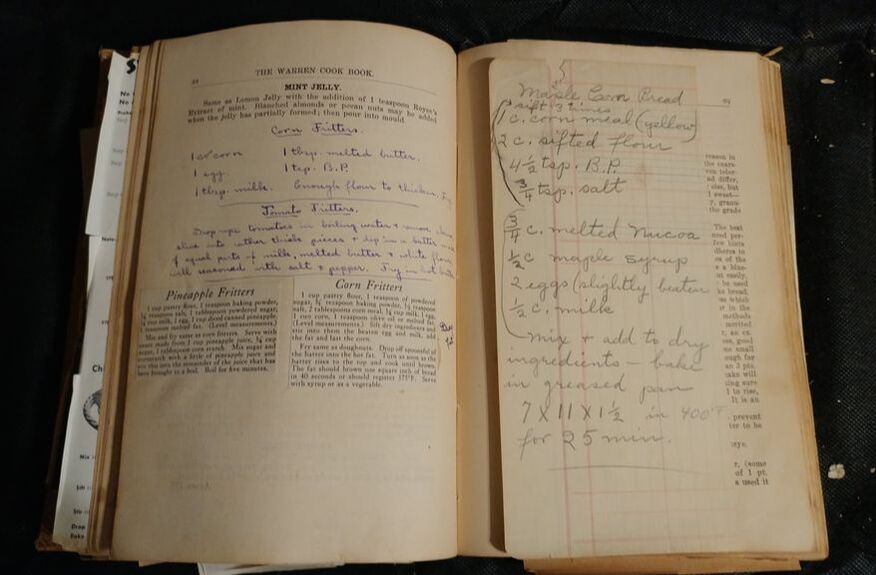
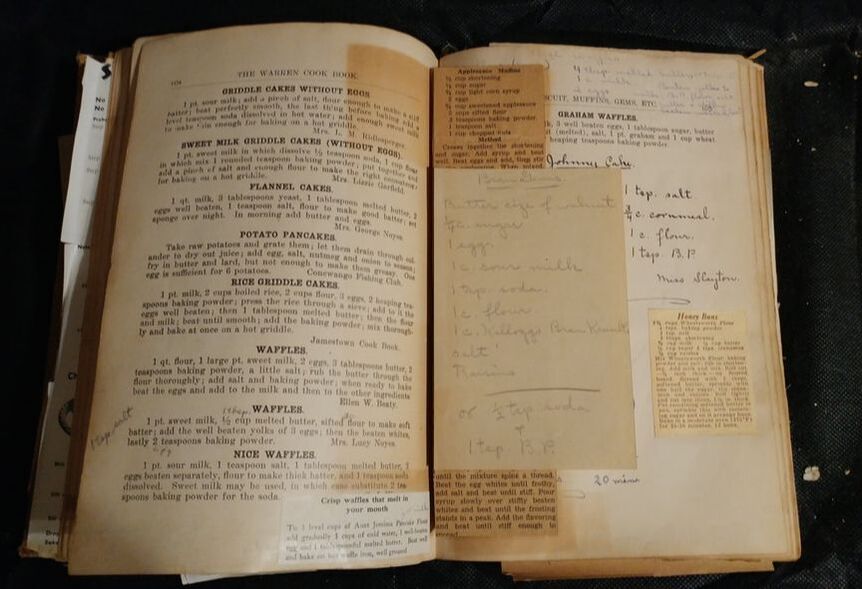
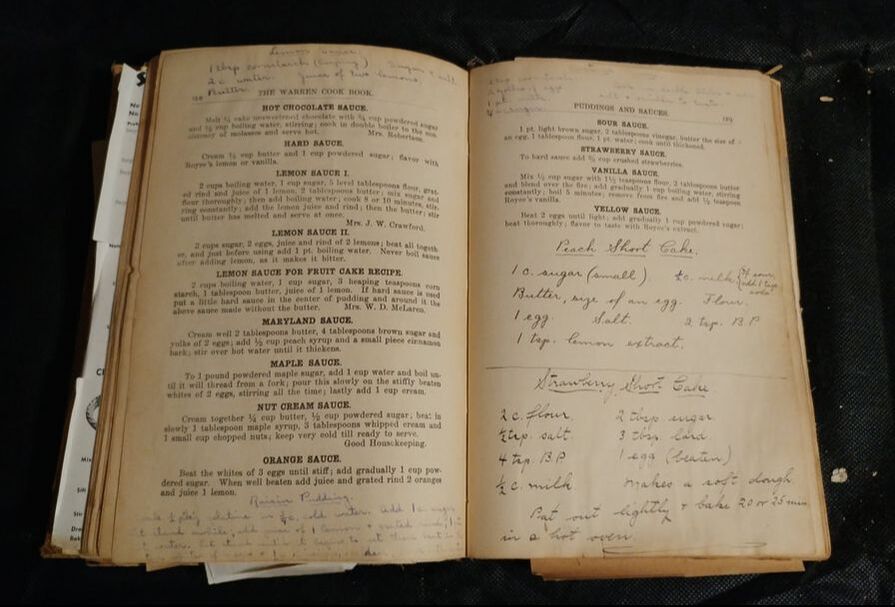
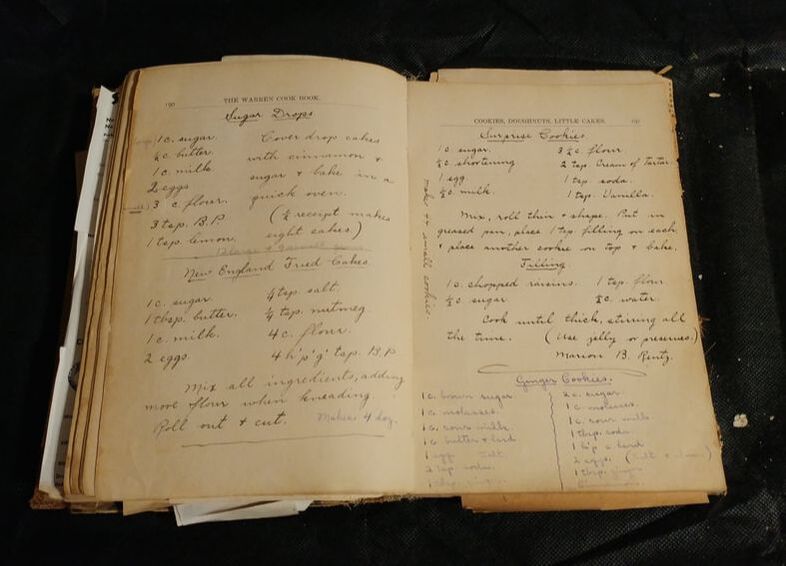
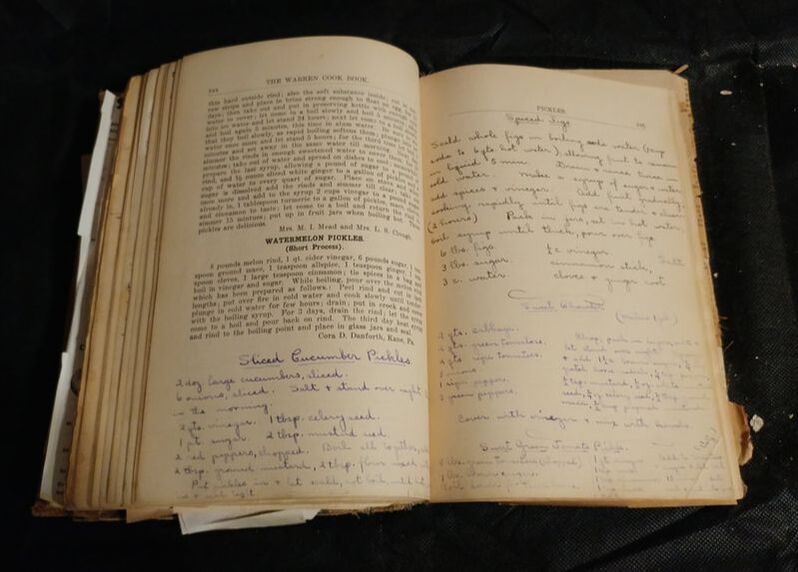
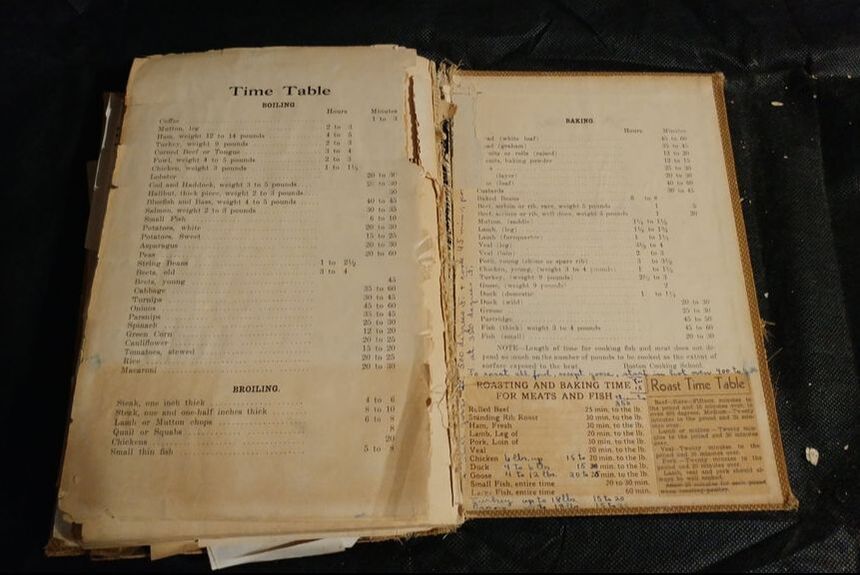
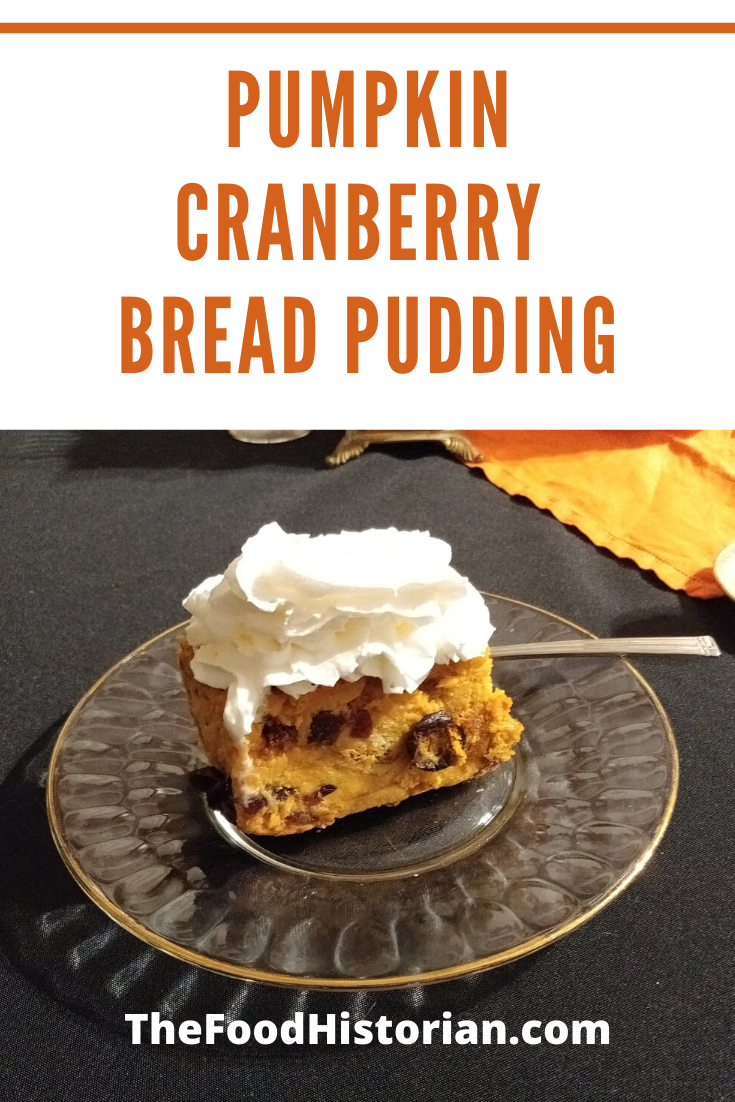
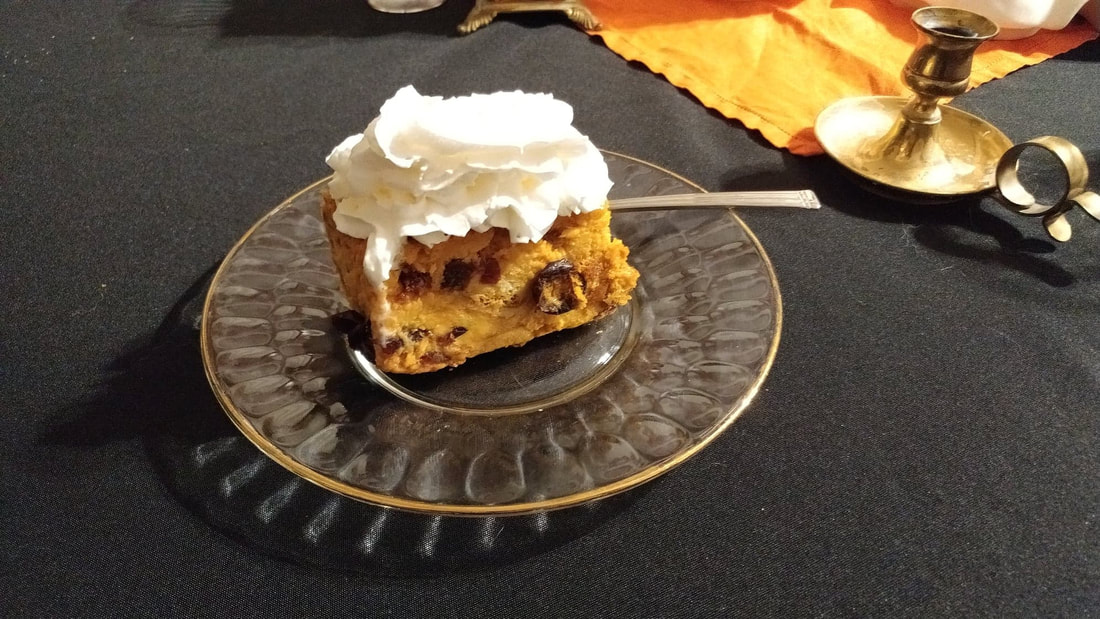

 RSS Feed
RSS Feed